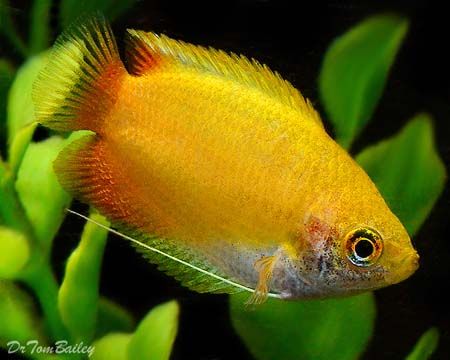Gourami-Honey
Gourami-Honey
check_circle Fast Shipping
check_circle Quality Products
check_circle Affordable Price
Reach out to us on ''available to order'' items via WhatsApp or email
Out of stock
Couldn't load pickup availability

Gourami-Honey
package_2
Product Description
Product Description
Please Note: Due to variations within species, your item may not look identical to the image provided. Approximate size range may also vary between individual specimen
All our fish, shrimp and corals are bagged with fresh oxygen as well as a heat pack in winter.
When ordering livestock please select the box size and add it to your cart for accurate overnight (1-2 days) shipping costs. A small box can take 1-2 bags and a medium box 6 bags. One bag fits max 10 small (1-3cm) fish or max 2 medium (3-5cm) fish or max 1 large (>5cm) fish.
ONE SPECIES PER BAG. Eg: One bag of 10 neon tetra.
All our fish, shrimp and corals are bagged with fresh oxygen as well as a heat pack in winter.
When ordering livestock please select the box size and add it to your cart for accurate overnight (1-2 days) shipping costs. A small box can take 1-2 bags and a medium box 6 bags. One bag fits max 10 small (1-3cm) fish or max 2 medium (3-5cm) fish or max 1 large (>5cm) fish.
ONE SPECIES PER BAG. Eg: One bag of 10 neon tetra.
Honey Gourami (Trichopodus chuna)
Description:
-
Appearance:
- Body: Small and oval-shaped with a laterally compressed body.
- Color: Males are bright golden yellow or orange with a distinctive reddish or dark spot on the base of the pectoral fin. Females are generally less vibrant, with more subdued yellow or tan tones.
- Size: Typically grows to about 1.5-2 inches (4-5 cm) in length.
- Distinctive Feature: The male’s vibrant coloration and the reddish spot are notable features. Both males and females have long, flowing fins.
-
Behavior:
- Activity: Peaceful and relatively calm. They are slow swimmers and are not very active.
- Social Structure: Best kept in small groups of at least 3-4 individuals. They are generally non-aggressive but may be shy or territorial.
Care Requirements:
-
Tank Size:
- Minimum: 10 gallons (38 liters) for a small group. A larger tank is preferable for better social dynamics and more space.
-
Water Parameters:
- Temperature: 72-78°F (22-26°C). They thrive in a warm and stable environment.
- pH: 6.0-7.5. Slightly acidic to neutral water is ideal.
- Hardness: Soft to moderately hard water. They prefer softer water but can adapt to various hardness levels.
- Filtration: Moderate filtration is sufficient. They do not prefer strong currents, so choose a filter that provides gentle water movement.
-
Tank Setup:
- Substrate: Smooth gravel or sand. Ensure the substrate is not too rough to avoid injuring their delicate fins.
- Aquascaping: Provide plenty of hiding spots and cover using live plants, driftwood, and rocks. They prefer a well-planted tank with areas to explore and retreat.
- Lighting: Low to moderate lighting is preferred. Provide a regular light/dark cycle to mimic natural conditions.
-
Diet:
- Primary Food: Omnivorous; feed high-quality flakes or pellets formulated for small tropical fish.
- Supplemental Food: Offer occasional live or frozen foods such as brine shrimp, bloodworms, and daphnia. A varied diet helps ensure overall health and vibrancy.
-
Behavioral Considerations:
- Compatibility: Best kept with other peaceful fish. Avoid aggressive or large species that might stress them. Suitable tank mates include other small, non-aggressive fish.
- Social Behavior: They do well in small groups and may exhibit some shy behavior. Providing plenty of hiding spots can help reduce stress and territorial disputes.
-
Tank Maintenance:
- Water Changes: Regular water changes (20-30% weekly) are important to maintain water quality and manage waste.
- Cleaning: Clean the tank regularly by removing uneaten food and waste. Ensure the filtration system is working effectively and does not create strong currents.
-
Health Care:
- Observation: Monitor for signs of stress or illness, such as changes in behavior, loss of appetite, or visible symptoms like discoloration or fin damage.
- Treatment: Maintain optimal water conditions and consult an aquarium professional if health issues arise. Common problems include fin rot and fungal infections. Early detection and prompt treatment are crucial.


